National Aboriginal Diabetes Association Shares Food Security Community Blogs
Posted: June 24, 2014
Categories: Food in the News / GoodFoodBites / Ontario Food and Nutrition Strategy
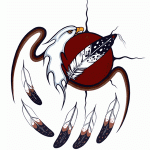 The National Aboriginal Diabetes Association (NADA) has developed an archive of resources to highlight how Canadian Aboriginal communities are becoming more food secure. NADA is a members-led organization that was formed to address and alleviate the rising rates of diabetes in Aboriginal communities across the country. The organization is focused on raising awareness about the causes and management of diabetes and they advocate for programs that prevent the onset of diabetes and support healthy lifestyles. Common themes in these community resources – photo-filled essays and PDF presentations – revolve around the organization’s key values: respect, honour, caring, integrity, community and freedom.
The National Aboriginal Diabetes Association (NADA) has developed an archive of resources to highlight how Canadian Aboriginal communities are becoming more food secure. NADA is a members-led organization that was formed to address and alleviate the rising rates of diabetes in Aboriginal communities across the country. The organization is focused on raising awareness about the causes and management of diabetes and they advocate for programs that prevent the onset of diabetes and support healthy lifestyles. Common themes in these community resources – photo-filled essays and PDF presentations – revolve around the organization’s key values: respect, honour, caring, integrity, community and freedom.
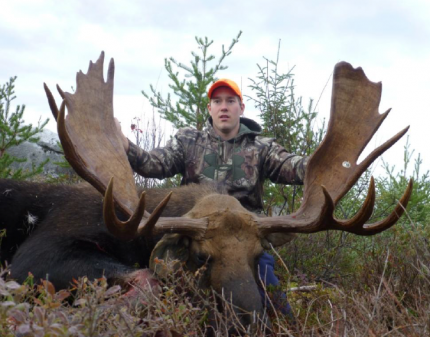
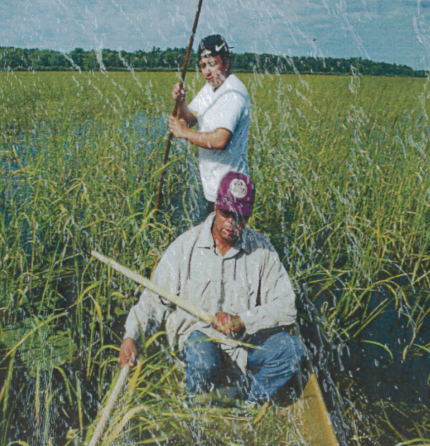
Culturally specific ways of hunting, fishing, gathering and growing food are emphasized. By learning traditional ways of obtaining food such as harvesting wild rice and hunting moose and other game, indigenous food cultures are strengthened by enabling the development of food skills and food literacy in younger generations. As is well documented, learning food skills allows people to make healthier and more nutritious food choices. The programs are varied, from learning how to build greenhouses and garden beds, plant, grow, harvest, make and preserve food. With a priority to be self-sustaining, these communities find support for local growers and farmers through Farmers Markets and events that gather people together around this common goal. Moreover, a number of the community programs are designed for all ages, bringing in important cross-generational knowledge sharing.
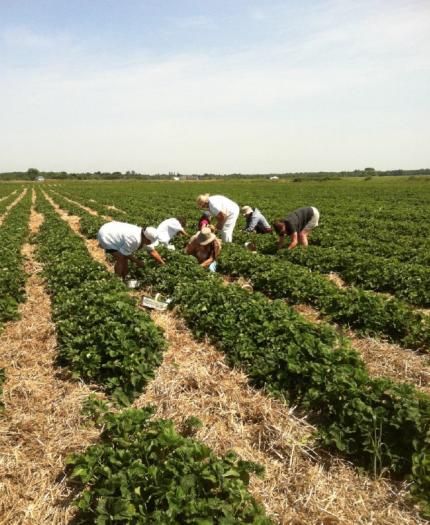
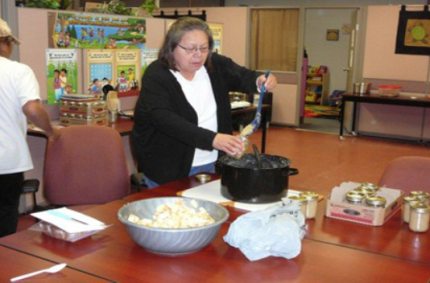
Aboriginal peoples living in Canada are among the highest risk populations for diabetes and related complications. Community-based and culturally appropriate prevention strategies are essential to reducing health disparities. Because of the higher rates of diabetes in the population, groups under NADA emphasize health and nutritional value of the local food that they grow with a focus on sugar content. Communities bond over healthy nutritious food. They prepare food from scratch without added sugar.
For more information and additional resources, please visit the photo blogs on the NADA website (www.nada.ca/resources/food-security).
Learn more about national and provincial groups working on related projects:
Read the summary and discussion report of the Ontario Food and Nutrition Strategy’s consultations dedicated to First Nation on-reserve communities in 2013.
Get in touch with the team of Registered Dietitians from Canada’s Aboriginal Nutrition Network which are working to enhance nutrition services and increase health and well-being in Aboriginal people. Presentations from the May 2014 conference in Thunder Bay are also available on the NADA site.
Sign and share the Diabetes Charter of Canada, which aims to provide support and medical supplies for all Canadians living with diabetes.
